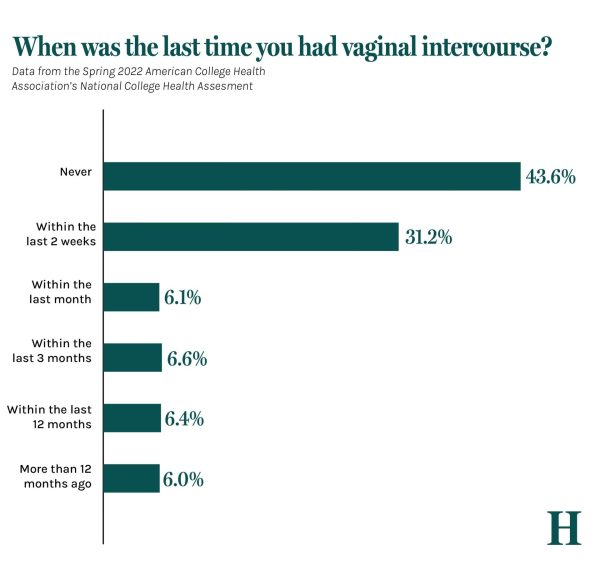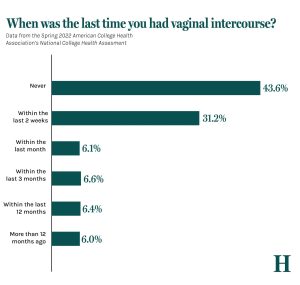No headline provided

January 25, 2011
It can strike without warning. It is silent. You cannot feel itand do not know you have it. It killed at least 14,000 people lastyear alone. And alarmingly, recent research shows that 50 percentof people with this silent killer are not eligible for screeningunder current Medicare guidelines.
It is an abdominal aortic aneurysm. And it is so lethal that ithas been called the silent “U-boat in the belly.”
Abdominal aortic aneurysms
Abdominal aortic aneurysms (AAA or “Triple A”) are a ballooningof the largest artery in the body, the aorta. The aorta comes offthe heart in an arch and supplies blood to the carotid arteries andthe head. This arch then descends into the chest area and into theabdomen, supplying blood to the chest and abdominal areas.
When this artery becomes diseased, it can balloon out like anold car tire. This stretching puts pressure on the walls of theartery and, like a balloon with too much air, the artery can burst.This burst is called a rupture and is typically fatal.
“Approximately 30 to 50 percent of patients with a ruptured AAAdie before they ever reach a hospital,” according to the KeckSchool of Medicine at the University of Southern California. “Evenwith surgery, there is 50 to 70 percent mortality rate associatedwith a ruptured AAA. Therefore, early detection and timely repairare paramount to AAA management.” You can read more about AAA andthe current medical guidelines issue on the Life Line Screeningblog.
Life-saving AAA screenings
Early identification requires a screening using ultrasound. Thisis a simple test that uses the same technology used to see a fetusinside its mother’s womb. It is painless and only takes a fewminutes. A cool gel is placed on the abdomen and then a trainedtechnologist uses an ultrasound wand to see inside the body andmeasure the aorta. Aortas that measure above 5.5 centimeters ormore are considered at-risk and require surgery to be repaired.Aortas between 3 and 5.5 centimeters should be monitored to see ifthey are continuing to grow.
To find out more about preventive health screenings visitLifeLineScreening.com or join the Life Line Screeningcommunity on Facebook.
Treatments for AAA
There are good surgical treatments for abdominal aorticaneurysms. People who find out they have this condition at anearlier stage, before the AAA ruptures, have an excellentprognosis.
Current medicare guidelines
Despite the clear need to identify AAAs before they rupture,there are estimates that half of AAAs will be missed by currentfederal guidelines. Screening is only allowed for a small subset ofthe population – men, aged 65 to 75, with a history of smoking. Nowomen or non-smokers are covered, despite the fact that researchersreport that “at least 33 percent of ruptured AAA hospitalizationsand 41 percent of aortic aneurysm deaths are among women, and 22percent of AAA-related deaths occur in nonsmokers,” according tothe Journal of Vascular Surgery.
This new research was conducted by independent researchers usingdata from more than 3 million people – the largest database ofinformation ever gathered on AAA – collected by Life LineScreening, the nation’s leading provider of preventive healthscreenings.
Stay up to date on health news and information
For those concerned about their own risk for AAA or other healthissues, it’s possible to get up-to-date, health-related news andinformation sent directly to your email by signing up for theLife Line Screening health E-Newsletter. It containsinformation that can help you live a healthier lifestyle and bemore proactive about your health.























Leave a Comment